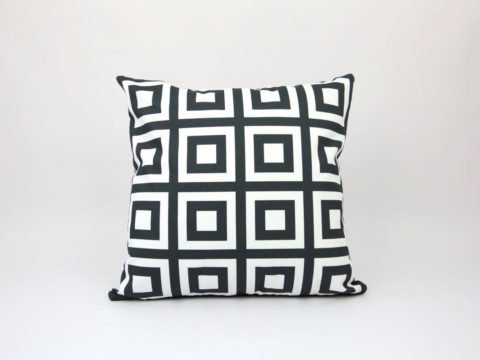Margaret Tudor: Life Story
Chapter 2 : Marriage Treaty
In the summer of 1500, Margaret was still not eleven years old, so it was agreed that the full marriage would not take place immediately. Henry explained the reason for the delay to Don Pedro de Ayala of Spain, who was Ferdinand and Isabella’s ambassador to Scotland, but who was also involved in the negotiations for the marriage of Margaret’s elder brother, Arthur, to the Spanish princess, Katharine.
“The Queen and my mother are very much against the marriage. They say if the marriage were concluded we should be obliged to send the princess directly to Scotland, in which case they fear the King of Scotland would not wait, but would injure her and endanger her health.”
Lady Margaret Beaufort had been married at about the age of twelve and given birth to Henry VII aged thirteen. She described this early child birth as having "spoyled" her, rendering her incapable of further child-bearing. She was adamant that her young grand-daughter should not suffer the same damage, particularly as the girl was described as very slight and small, perhaps taking more after her father’s family than the tall, robust Yorks.
It was therefore agreed that the marriage would take place by proxy, but that Margaret would not be sent to Scotland until she was at least 13, which would be on 28th November 1502. This had the added advantage of allowing Henry to hold on to the agreed £10,000 dowry.
The Treaty of Perpetual Peace was signed on 24th January 1502 with the proxy marriage taking place on the following day at Richmond Palace, the Earl of Bothwell acting as James’ proxy. A similar proxy wedding had been carried out in Glasgow. The princess confirmed that she was of age to consent – twelve - and that she was entering the marriage of her own free will. Margaret was now styled Queen of Scots and given precedence over her younger brother, Henry, apparently to his displeasure. Although Henry VII had a reputation for close-fistedness, he was able to be extravagant when he thought the occasion warranted. The citizens of London were treated to free wine, and the court to the spectacle of a tournament, over which the new Queen of Scots presided. She granted the prize to her aunt, Katherine of York’s, husband, the Earl of Devon. Symbolic of her new status, was the sharing of a single mess at dinner with her mother, Queen Elizabeth.
In April 1502, Arthur died at the age of fifteen, to the great grief of his parents. Margaret was the closest sibling to him in age but as he had spent much of his life in Wales and the marches, the level of personal intimacy cannot have been as great as that which she had with her younger siblings.
Some sources state that Arthur left Margaret his personal effects but we can find no supporting evidence of exactly what this included, its value or whether she received some or all of it. This matter became relevant later in Margaret’s life.
The new Queen remained in her mother’s household, and continued to live at Elizabeth’s cost. There are various entries in the accounts for clothes, of velvet and sarcenet and sometimes furred; shoes; lute-strings, small gifts of money and carriage of her belongings as the court moved between palaces, chiefly within London. On 23rd July 1502, the boat hire for John Ralf to travel from Westminster to London to fetch Margaret’s pair of orange sarcenet sleeves cost her mother 3d. Margaret had her own minstrels, who were tipped by Elizabeth in January 1503.
Margaret was still in London in early 1503, even though the date when she could have travelled to Scotland had come and gone. It seems that her parents were loath to part with her, especially, perhaps as Elizabeth was expecting another child. Shortly after, Elizabeth of York died after bearing a little girl, named Katherine, who did not survive.
Henry was distraught, and presumably Elizabeth’s children were equally grieved, but life had to continue, despite personal anguish, and the time had come for the marriage to be fulfilled. Margaret left Richmond with her father on 27th June 1503 on the first stage of her journey to Scotland.
Margaret lacked nothing in the way of material comfort and splendour. Her father had fitted her out with a huge wardrobe, jewellery and horses. More intimately, in a rare survival of evidence of personal affection from the time, he gave her a Book of Hours, inscribed, in his own handwriting, in two places:
“Remember yr kynde and loving fader in yr prayers – Henry R”
and
“Pray for yr lowving fader that gave you this boke and I gyve you at alle tymes godd’s blessyng and myne. Henry R”
Margaret, Queen of Scots
Family Tree




